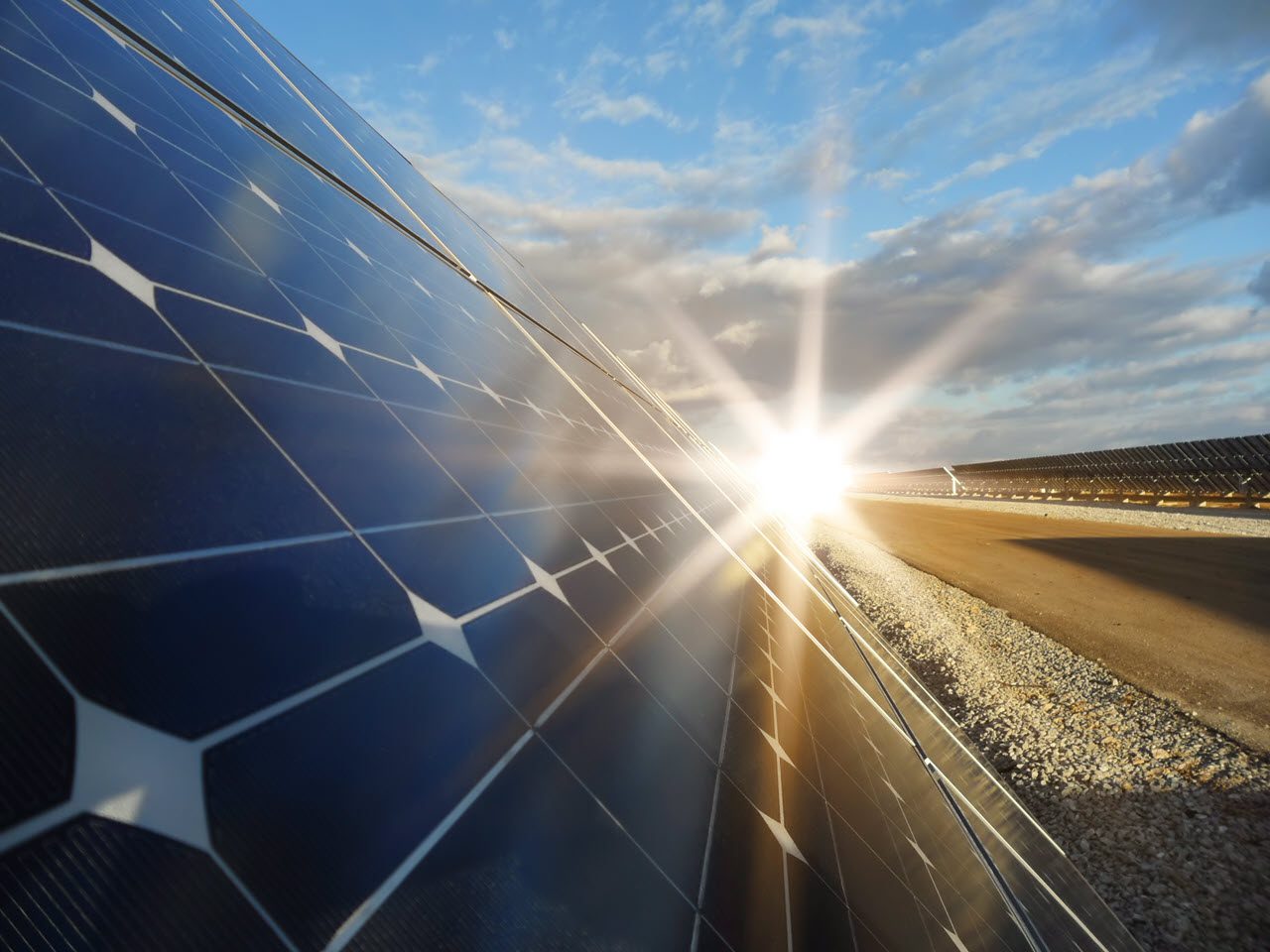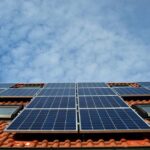When you think about solar panels, you probably have a vision of them on top of a roof. And, when you’re talking about solar energy for a home or business, the roof is the most common place you’ll find solar panels.
But do solar panels have to be on the roof? Or can you place solar panels somewhere else you think is more convenient instead? Keep reading to find out the answer!
Do Solar Panels Have To Be On The Roof?
The short answer to this question is no. Solar panels do not have to go on your roof.
Solar panels will usually go on the roof of a home or business because that’s often the most convenient place to put them. A roof will often have the most surface area available for a solar panel array. Also, it’s on the building so you don’t have to run extra wires to get the power to the home/business. Plus, being higher up, it’s less likely to be shaded by plantings, signs, etc.
Even though rooftop solar panel installations are the most common method of installing solar panels, solar panels can be installed in a variety of other ways and locations. The most popular option is a solar array that is mounted to the ground.
Ground-Mounted Solar Panels
Grounded solar panels are those that are installed directly on the ground. Generally speaking, ground-mounted solar systems operate in a similar way to rooftop solar systems. The solar panels are exposed to sunlight, which is converted to electricity by solar cells, and this electricity is used to power a single building or, in the case of solar farms, an entire community.
They employ the same type of solar panels as rooftop systems. But the panels are installed differently.
Ground-mounted solar panels require a support structure. This structure’s height might range from a few inches to many feet. Ground-mounted systems require extra wiring due to the need to avoid shadows cast by your home.
Installing solar panels on the ground allows you to position them at the optimal tilt and orientation for capturing the most sunlight. Ground-mounted solar panels perform best in areas where they are not shaded by structures such as buildings, walls, signs, billboards, or trees, as well as in open spaces.
Types of Ground-Mounted Solar Panels
Ground-mounted solar panel systems come in two types:
The most common is the standard ground mount. Here, the solar panels are fixed-angle ground-mounts that use a metal racking table that’s driven into the ground. Usually they are mounted in a fixed position.
However, more of them allow for manual adjustments. This lets them take advantage of the yearly fluctuations in the sun’s position to maximize their efficiency.
Pole-mounted solar systems support several solar panels on a single pole and raise them above ground level. Pole-mounted solar generally has tracking systems that automatically position the solar panels to maximize sunlight capture. These tracking systems let the solar panels produce more energy each day.
Advantages of Ground-Mounted Solar Panels
While most homeowners opt for rooftop solar panels, ground-mounted solar panels have many advantages.
For example, rooftop solar arrays are constrained by the roof’s properties. Having a roof with impediments like chimneys or skylights will reduce the efficiency of your solar array. On the other hand, ground-mounted solar panels can be placed wherever.
Also, if you use a lot of electricity, your roof may not be large enough for a solar energy system. Unlike rooftop solar systems, ground-mounted solar systems can be sized to your electrical needs.
But they cost more than a rooftop solar system. Plus, installation is more difficult.
To learn more about solar panel options for your home, use the calculator and get a free quote from UnderstandSolar.com.








